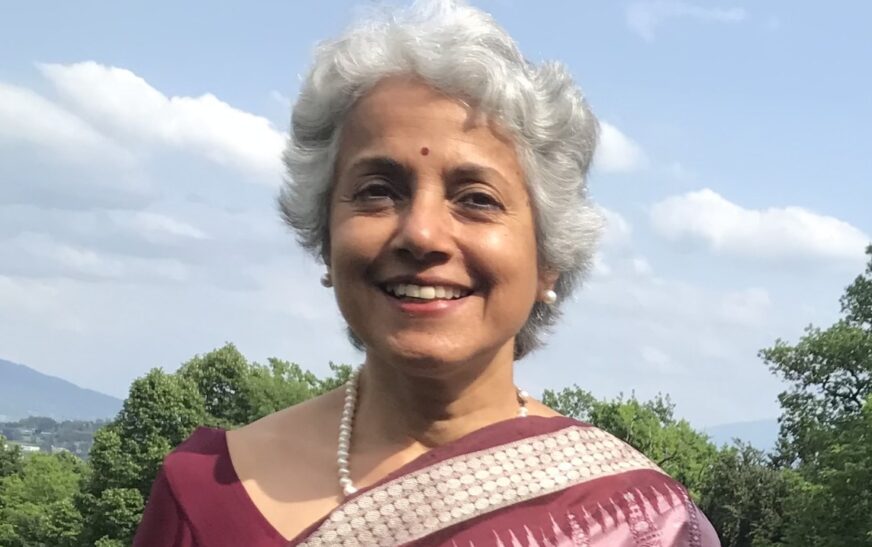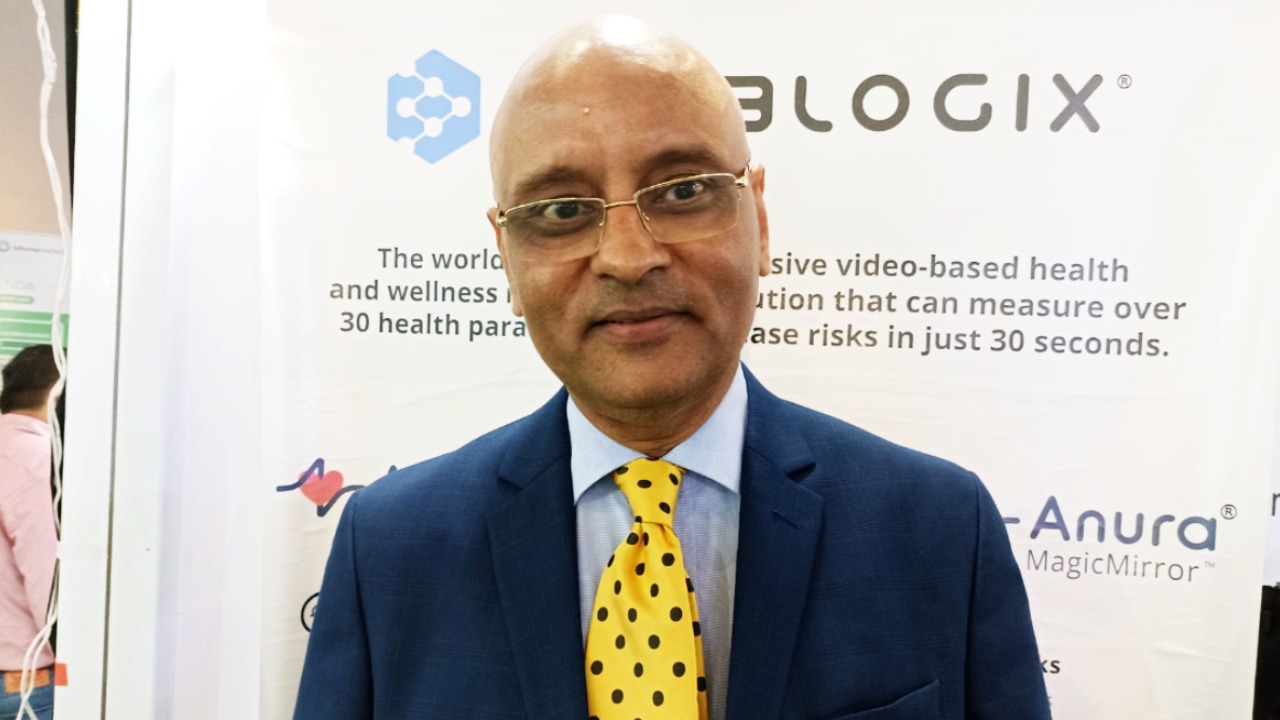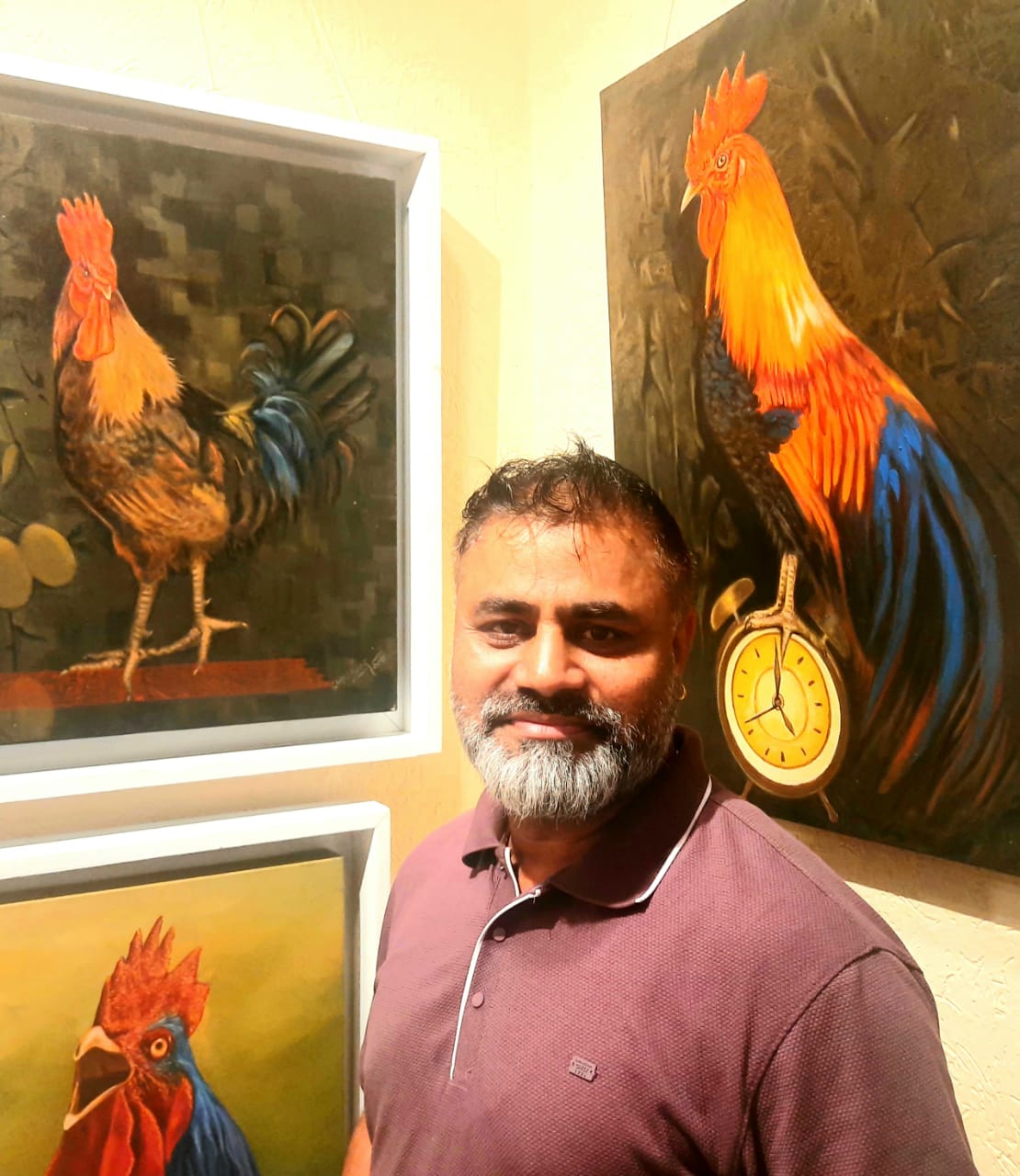Dr. Soumya Swaminathan currently holds the position of Chairperson at the MS Swaminathan Research Foundation, where the primary goal is to leverage modern science and technology for the advancement of agriculture and rural development. This overarching mission is geared towards enhancing the quality of life and livelihoods of marginalized communities.
In her most recent role, Dr. Swaminathan served as the Chief Scientist at the World Health Organization (WHO) and, before that, as the Deputy Director-General for Programmes. Previously, from 2015 to 2017, Dr. Swaminathan held the position of Secretary to the Government of India for Health Research and served as the Director General of the Indian Council of Medical Research.
Notably, during the pandemic, Dr. Swaminathan played a crucial role in coordinating global scientific efforts and played a pivotal role in the establishment of Covax, with a specific emphasis on ensuring equitable vaccine distribution to Low- and Middle-Income Countries (LMICs).
Dr. Swaminathan received her academic training across India, the UK, and the USA. Her extensive research work is evident through the publication of more than 450 peer-reviewed publications and book chapters. Additionally, she holds the distinction of being a Fellow of the US National Academy of Medicine, the Academy of Medical Sciences of the UK, and all the science academies in India.
In a candid interaction with The Interview World, Dr. Swaminathan sheds light on food and nutrition security, climate change, and the impact of animal-human interactions. Here are the excerpts from her discussion.
Q: What strategies and insights do you propose for integrating nutrition solutions with climate change in a populous country like India?
A: We must expand our focus beyond food security to encompass nutrition security. This entails examining not only the yield and productivity of the crops we cultivate but also their nutritional content. When introducing new varieties, it’s crucial to understand their nutritional profiles. Traditional farmers safeguard numerous landraces that are nutritionally rich. While these may outperform hybrids in some cases, scientific validation is essential. The scientific community needs to guide farmers on the optimal crops, seed procurement, and cultivation practices for infusing better nutrition.
Transitioning to post-harvesting, availability alone is insufficient. Setting appropriate prices and providing incentives for farmers are equally critical. Unless we address these factors, farmers will prioritize livelihood and economic returns, and forget food nutrition. To enhance public health, nutrition, and human potential, we must reassess our approach. Investing in these aspects now will yield long-term dividends by enhancing our human capital.
Q: What specific policy interventions do you believe are necessary by the government for nutrition security?
A: The key lies in the convergence of various disciplines when formulating policies. When crafting agricultural policies, it is crucial to engage with the health and nutrition community for valuable insights. The policies must not only be forward-thinking but also address the dual challenges of climate change and a burgeoning population that needs to be adequately fed. We simply don’t need food, but rather nutrition-rich food.
Moreover, there is a pressing need to ensure both nutrition security and environmental sustainability. Our policies should address food security and nutrition while focusing on climate change and sustainability. Therefore, adopting an interdisciplinary approach to policymaking becomes imperative in navigating this complex landscape.
Q: What specific genetically modified technologies do you recommend for application in the context of nutrition enrichment?
A: Various technologies must be employed, acknowledging that relying on a single technology is not sufficient. This is particularly crucial because different situations call for different technologies. As previously mentioned, landraces play a significant role. It’s noteworthy that no new development is required since these landraces already exist in India and are being preserved in farmers’ fields. The key lies in acquiring information and knowledge about them. Then establishing a seed system to facilitate their propagation and make them accessible to farmers is necessary.
In certain instances, gene editing may be necessary. For instance, we have numerous cases where improving the nutritional profile of certain crops is essential. Therefore, our focus should be on determining the outcome we desire, rather than fixating solely on the technology. The technology, in turn, must be aligned to serve those specific needs. Hence, the approach involves defining the desired outcome first and subsequently selecting the appropriate technology to achieve it.
Q: What are the potential impacts of animal and human interventions on the future of humanity?
A: Yes, indeed. When we consider health issues arising from pollution affecting fisheries and subsequently impacting human health, how should we tackle the situation?
Certainly, contemporary environmental contamination poses a significant health challenge. Whether it’s air pollution, toxins, excessive pesticides entering our food chain, or fish contaminated with microplastics, these factors collectively contribute to adverse health effects. Consequently, addressing these issues becomes imperative.
To elaborate, the excess use of pesticides, whether in poultry, livestock, agriculture, or fisheries, leads to the accumulation of toxins in our bodies. This accumulation is a result of the chemicals present in our environment, affecting not only the animals but also our overall health. Therefore, a crucial step is to minimize the use of chemicals across various sectors to mitigate the harmful impact on both animal and human health. In essence, environmental considerations play a vital role in safeguarding our health. By reducing chemical usage and paying attention to the health of our ecosystems, we can better comprehend and address the complex web of interactions that influence our well-being.









